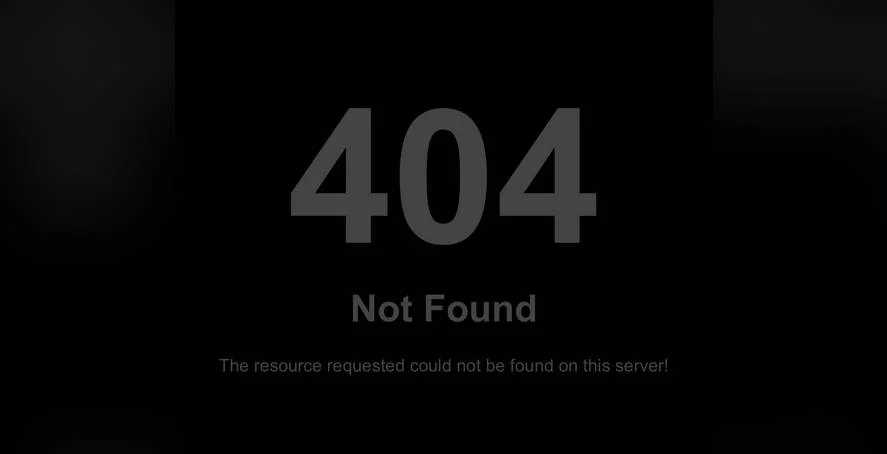Do WordPress Tags Help with Your Social Media Posts?
THE WORDS “WordPress tags” summon up images of messy archives, forgotten metadata, and endless SEO debates. The reality of a well-tagged WordPress site quickly disabuses these. "We saw a 30% increase in social media click-throughs after organizing our tags," says Mark, a small business owner. "It was a game-changer." Sarah, another blogger who uses tags strategically, compares it to "having a personal assistant for your content." There are, she says, "sharable snippets for Twitter, engaging previews for Facebook, and targeted messages for every platform."
Unlocking the Power of Tags for Social Sharing
So, do WordPress tags help with your social media posts? Absolutely, but it requires a strategy, not just guesswork. Think of tags as the key ingredients that help social media algorithms and your audience understand what your post is about. When you share a post on Facebook or LinkedIn, these platforms often pull data from your post to generate a preview. Relevant tags can influence this, making the shared link more compelling and targeted.
Here’s a practical approach: First, ensure you're working from the right place. To get started, you need to know how to get to dashboard in WordPress. Simply add "/wp-admin" to your website's URL (e.g., yoursite.com/wp-admin) and log in. This is your command center. Once inside, navigate to any post editor. You’ll find the tags module, usually on the right-hand side. This is where the magic happens. Don't just add popular words; think about the terms your audience would use to find your content. For instance, a post about improving website engagement could be tagged with "user experience," "conversion," and yes, even "Wordpress a b testing."
These tags create thematic groups. Many social media scheduling plugins can then use these groupings to auto-share related content or suggest older, relevant posts when you publish something new, keeping your social feeds active and cohesive.
Connecting Your Strategy to Your Site's Navigation
Your social media efforts should drive traffic to a website that converts. A common point of confusion for many is how to edit menu on WordPress. You want visitors who click from a social post to easily find more related content. From your dashboard, go to Appearance > Menus. Here, you can often add a "Tag" or "Category" archive page to your navigation, creating a dedicated path for users who want to dive deeper into a topic they discovered on social media. This creates a seamless journey from a social media post to a hub of related information on your site.
A/B Testing Your Tagging Strategy
How do you know if your tags are actually working? This is where the concept of Wordpress a b testing comes into play. You can't A/B test tags directly, but you can test their results. Use a social media management tool to schedule two different posts for the same article. Try one version with a generic description and another that calls out a specific tag or topic. See which one generates more engagement and clicks. This data will show you what resonates with your audience, allowing you to refine your tagging strategy for maximum social media impact.
Let WPutopia Perfect Your WordPress Presence
Managing tags, menus, and social media integration can feel overwhelming alongside running your business. That's where we come in. At WPutopia, I provide expert WordPress services to clients, taking care of the technical details so you can focus on your content. My services include WordPress maintenance, theme upgrades, plugin installation, and strategic consultations to ensure your entire site—from its tags to its navigation—is optimized for growth and engagement. Contact WPutopia today, and let's build a website that works as hard on social media as you do.













